09/04/2023 | pH | 7 MINUTE READ
Understanding pH Electrodes: A Comprehensive Guide
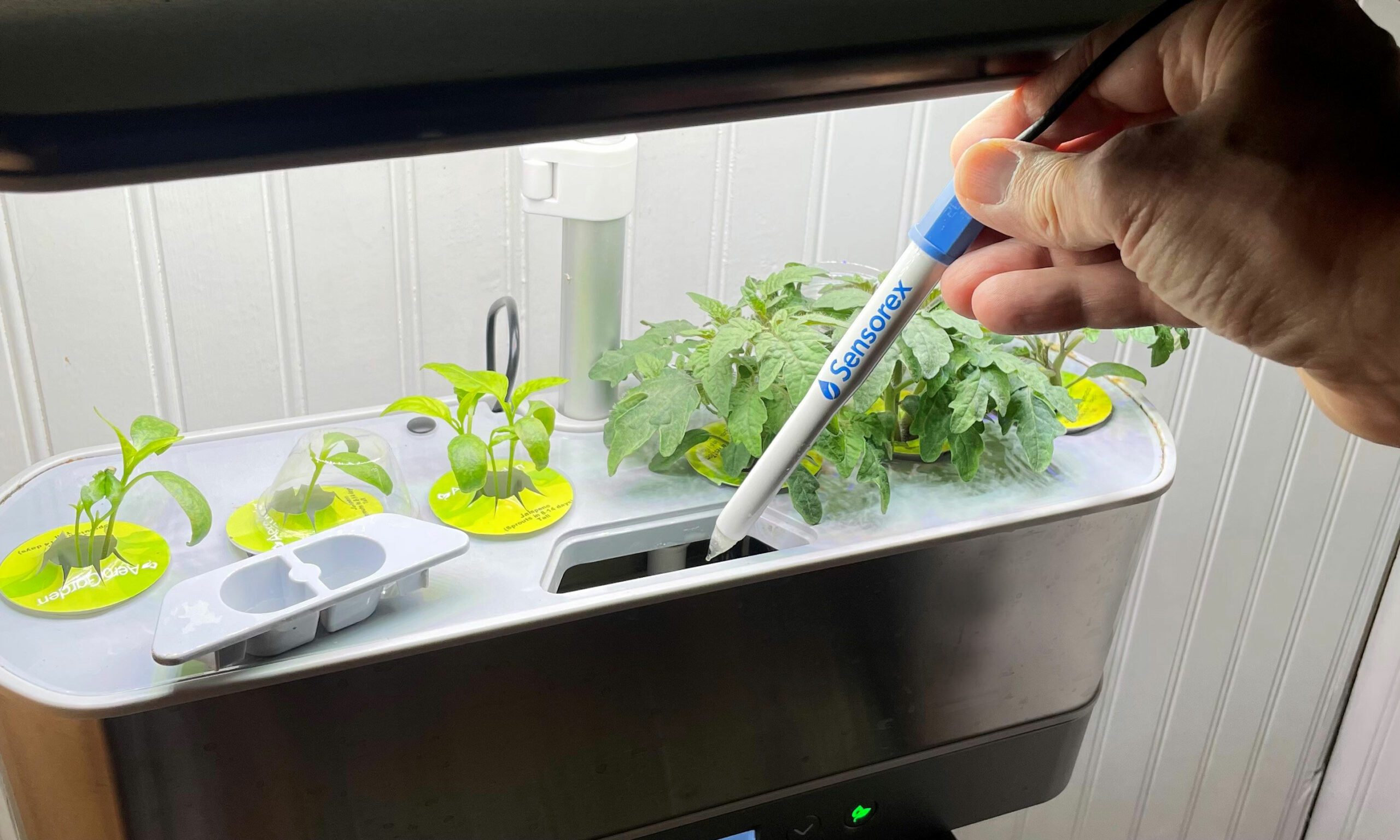
pH electrodes are indispensable analytical sensors for measuring the potential of hydrogen ions (pH) in various solutions. The pH value of a substance is a fundamental measurement in countless chemical processes, making pH electrodes vital tools in laboratories, manufacturing, and environmental monitoring.
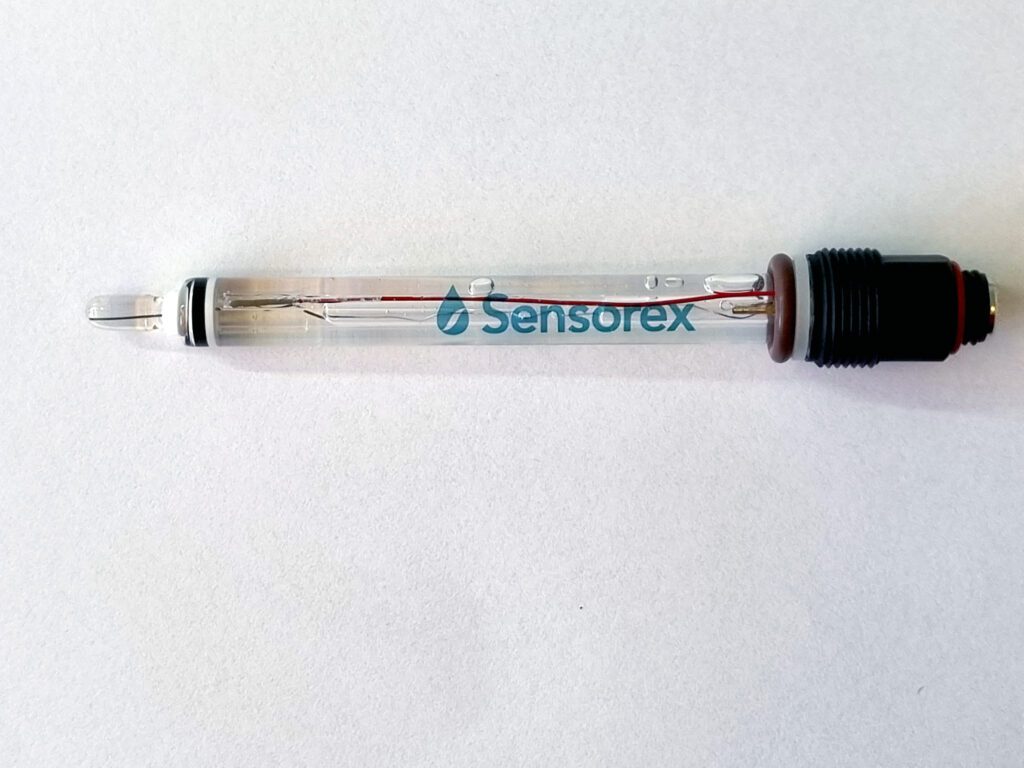
Definition and Purpose
pH electrodes, also known as pH sensors, can quantify the acidity or alkalinity of a solution. They do this by detecting the hydrogen ions (H+) concentration in the solution, which provides a pH value. This pH value is a critical parameter in many applications, as it influences chemical reactions, product quality, and environmental assessments.
How pH Electrodes Work
The operation of pH electrodes is based on creating an electrical potential between two liquids with differing pH levels. This potential arises when they contact opposite sides of a thin glass membrane called the pH element. The voltage generated depends on the solution’s free acidity or alkalinity. When immersed in an acidic solution, the pH element allows H+ ions to pass through, creating a positive potential. Conversely, H+ ions migrate away from the probe in an alkaline environment, leading to a negative potential. A pH meter measures this potential difference and converts it into a pH reading.
Importance in Various Industries
pH electrodes find applications in many industries, each relying on accurate pH measurements for different purposes. For instance, pH control is crucial in the pharmaceutical sector during drug manufacturing. In agriculture, pH levels influence soil quality and crop health. Environmental monitoring relies on pH measurements to assess water quality, while food and beverage industries depend on pH control for product quality and safety.
Types of pH Electrodes
Various pH electrodes are designed to meet specific needs and preferences. Understanding their differences is essential for selecting the right electrode for your application.

Single Junction vs. Double Junction
pH electrodes come in two basic junction types:
Single Junction Electrodes
Single junction reference electrodes contain a single electrolyte. They provide a constant level of the ion the reversible reference element senses and form a low potential liquid junction with the sample solution. Single junction electrodes are the most common choice across industries.
Double Junction Electrodes
Double junction reference electrodes feature an additional reference cell before the potassium chloride cell. This cell is a barrier, shielding the sample from the potassium chloride reference cell. Typically, double junction electrodes have a longer lifespan due to the second chemical barrier, which slows down electrode poisoning effects.
Glass vs. Epoxy/Polymer Bodies
Another aspect to consider is the material used for the electrode body:
Glass Bodies
Glass-bodied pH electrodes are commonly used, known for their accuracy and suitability for a wide range of applications. They are especially prevalent in laboratory settings.
Epoxy or Polymer Bodies
Epoxy or polymer-bodied pH electrodes are often chosen for more robust or industrial environments. They are less fragile than glass and can withstand harsher conditions.
Combination pH Electrodes
Combination pH electrodes are famous for their convenience as they integrate the measuring and reference electrodes into a single body. These electrodes simplify pH measurements and are suitable for various applications.
Performance Specifications
When selecting a pH electrode, it’s essential to consider its performance specifications, which directly impact its functionality and reliability.
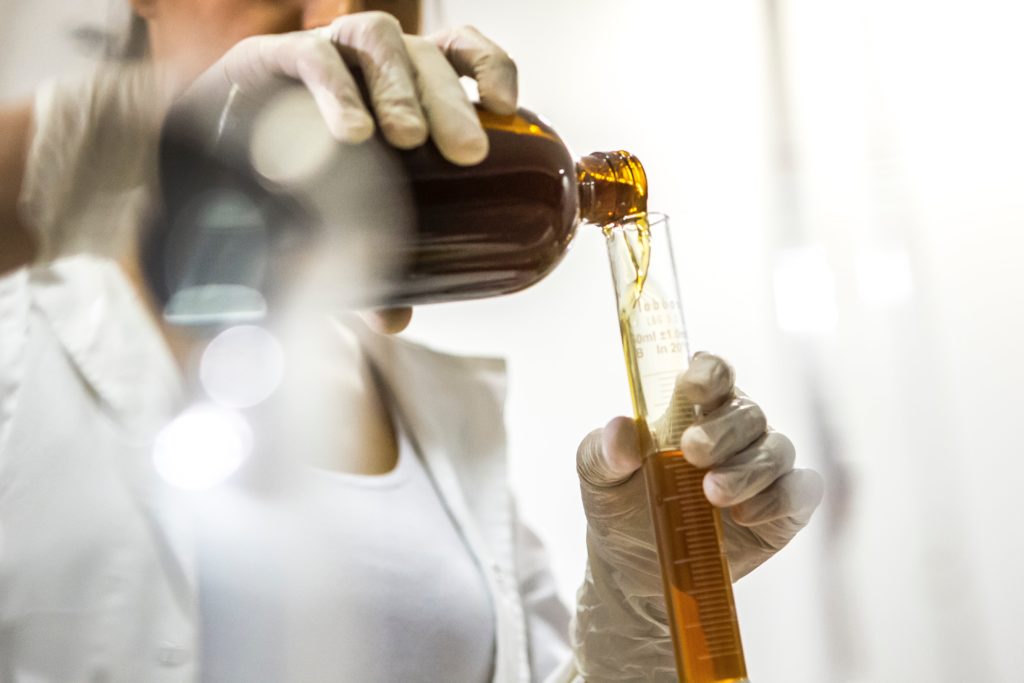
pH Range
pH electrodes are designed to operate within specific pH ranges. Some are suitable for a broad pH range, from highly acidic (pH 0) to highly alkaline (pH 14), making them versatile. Others are specialized for narrower pH ranges, depending on the intended application.
pH Accuracy
The accuracy of pH measurements is crucial, especially in industries where precise pH control is essential. Electrodes vary in accuracy, so selecting one that meets your accuracy requirements is vital.
Response Time
Response time indicates how quickly an electrode stabilizes and provides accurate readings in a given solution. It is usually expressed as a percentage of stabilization achieved within a specific time frame, such as 95% within 10 seconds.
pH Electrode Solution Options
pH electrodes offer different reference solution options, each with advantages and trade-offs.
Refillable vs. Sealed Electrodes
Refillable pH Electrodes
Refillable pH electrodes require periodic maintenance but offer longer lifespans and typically higher accuracy. They are an excellent choice when precision is paramount and upkeep is manageable.
Sealed pH Electrodes
Sealed pH electrodes, on the other hand, do not require refilling. However, they have a limited lifespan since the chemicals inside are not replaceable. Sealed electrodes are a practical choice when convenience outweighs longevity.
Junction Types
The junction type of a pH electrode is a crucial specification that impacts its performance and suitability for specific applications.
Single Junction pH Electrodes
Single junction reference electrodes contain a single electrolyte, forming a low-potential liquid junction with the sample solution. They are the most common choice across industries due to their versatility and reliability.
Double Junction pH Electrodes
Double junction pH electrodes incorporate an additional reference cell before the potassium chloride cell. This added barrier prevents contamination and electrode poisoning, resulting in a longer electrode lifespan. Double junction electrodes are ideal for challenging environments.
Body Material
The choice of body material for a pH electrode depends on the intended application and environmental conditions.
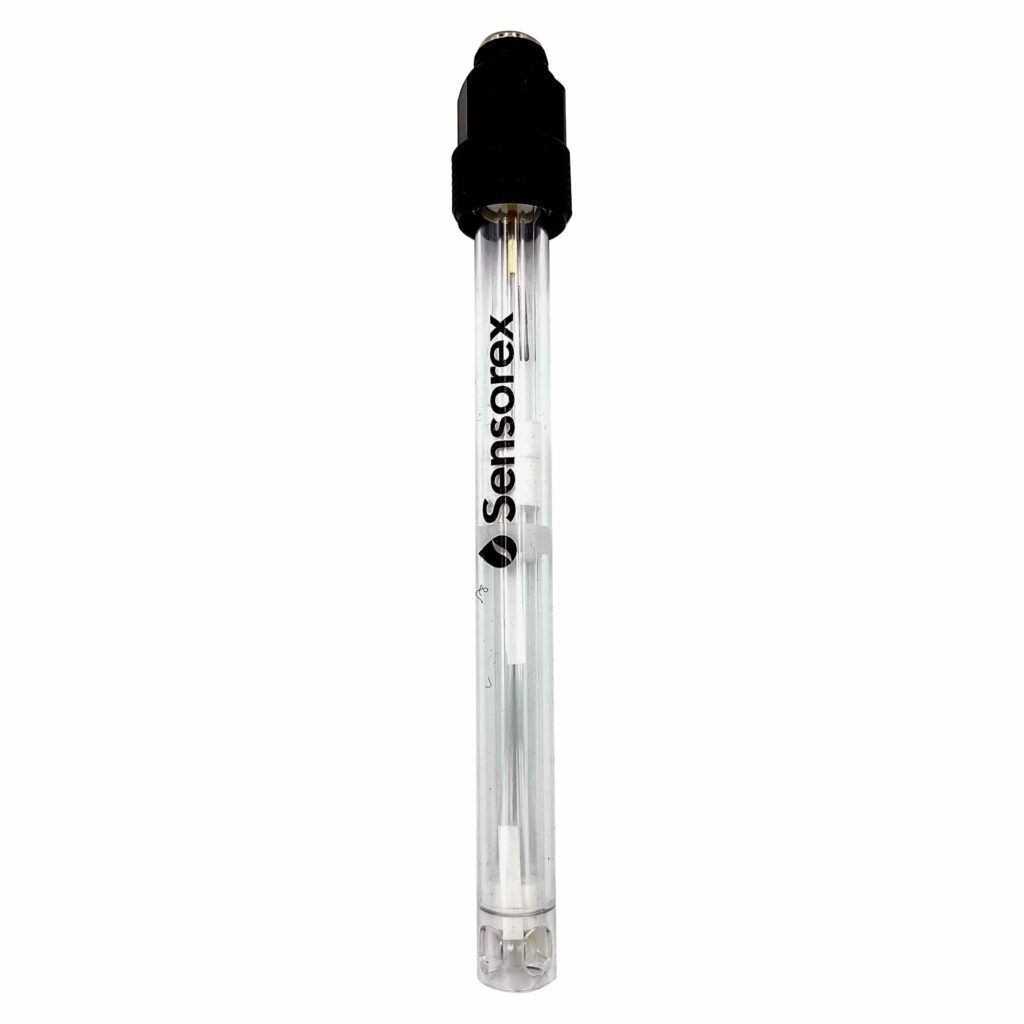
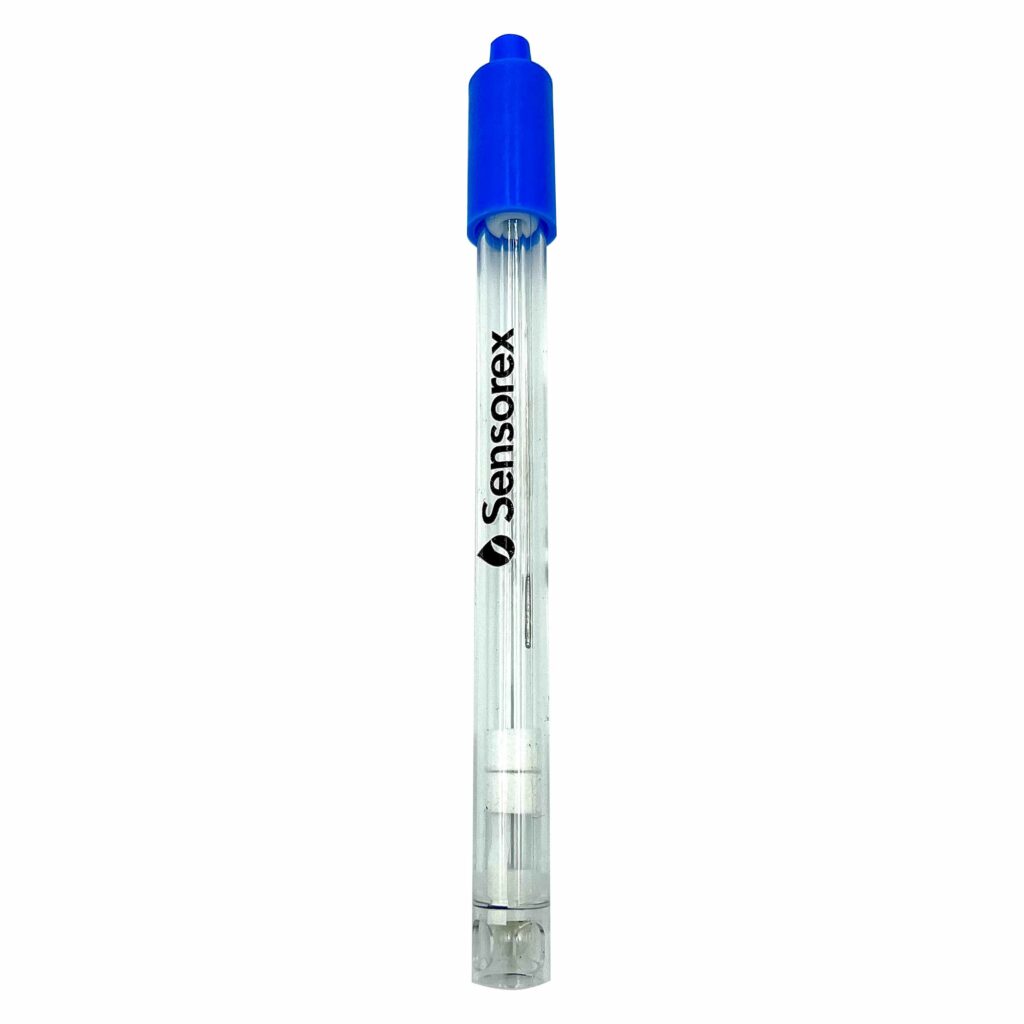
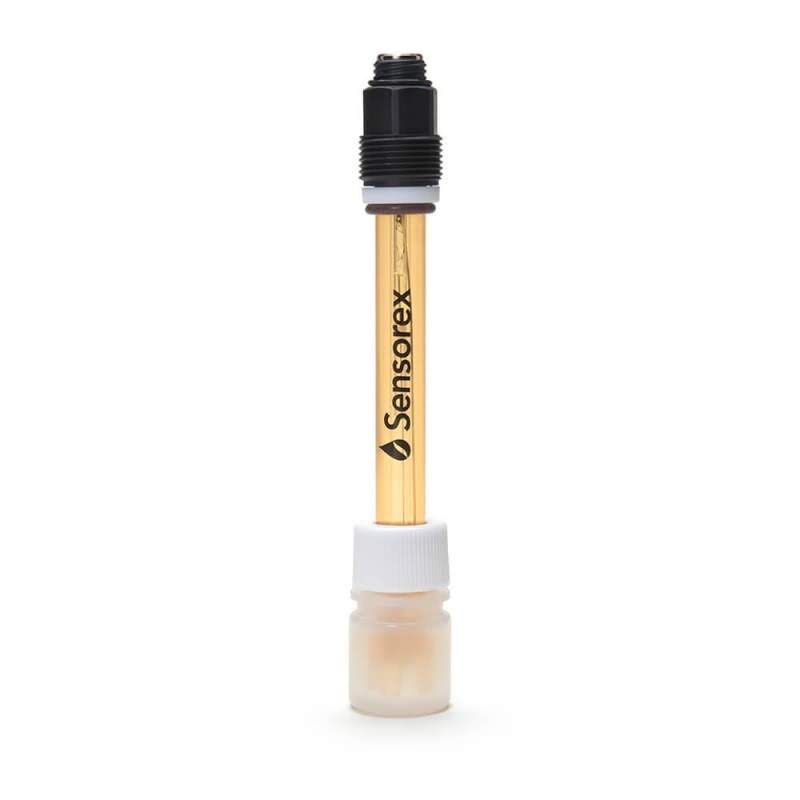
Glass Bodies
Glass-bodied pH electrodes are known for their accuracy and suitability for laboratory use. They are fragile but excel in precise pH measurements.
Epoxy or Polymer Bodies
Epoxy or polymer-bodied pH electrodes are more durable and resistant to harsh conditions. They are a practical choice for industrial settings where ruggedness is essential.
Mounting Options
pH electrodes come in various mounting configurations to suit different operational needs.
Handheld or Portable Configurations
Handheld or portable pH electrodes are designed in laboratories and field settings. They allow operators to test multiple samples conveniently.
Insertion-Style pH Electrodes
Insertion-style pH electrodes are designed for process piping applications. They are often inserted through a tapped hole in a pipe or bulkhead, making them suitable for continuous monitoring.
Flow-Through pH Electrodes
Flow-through pH electrodes are designed to fit directly into pipelines and become integral system parts. They connect via flanges or other fittings, making them suitable for inline monitoring.
pH Calibration and Maintenance
Maintaining pH electrodes is crucial for accurate and reliable measurements. Proper care ensures a longer electrode lifespan and consistent performance.
Importance of Regular Calibration
Regular calibration is essential to correct any deviations in electrode performance over time. Calibration ensures that the electrode provides accurate pH readings.
Proper Cleaning Procedures
Cleaning the electrode is necessary when it exhibits slow stabilization times, erratic readings, or difficulties during calibration. Cleaning solutions should be chosen based on the type of contamination present.
Storage Recommendations
pH electrodes should be stored in the recommended pH storage solution between measurements to maintain their performance. The reference junction should not be allowed to dry out.
Additional Features
Some pH electrodes offer extra features that can enhance their functionality in specific applications.
Temperature Compensation
Temperature compensation is essential for accurate pH measurements, as temperature affects the reaction potentials of the chemicals involved. This feature ensures precise readings even when temperature varies.
Built-in Temperature Sensing
Particular pH electrodes incorporate built-in temperature sensors, simplifying the measurement process and enhancing accuracy by automatically compensating for temperature fluctuations.
Submersible and Water-Resistant Designs
Submersible pH electrodes are designed for underwater testing applications. They can withstand prolonged exposure to water and are suitable for environmental monitoring.
Suitability for Food or Sanitary Applications
pH electrodes used in food or sanitary applications are designed for easy sanitization between uses to prevent contamination and ensure product safety.
Choosing the Right pH Electrode
Selecting the appropriate pH electrode for your application is crucial to obtaining accurate and reliable pH measurements. Consider your specific needs, including the pH range, accuracy requirements, environmental conditions, and any additional features that may be beneficial.
Conclusion
In conclusion, pH electrodes are essential in various industries, enabling precise pH measurements critical for quality control, research, and environmental assessment. Understanding the different types, performance specifications, and maintenance requirements of pH electrodes is vital for selecting the correct electrode to meet your needs. Whether you work in a laboratory, manufacturing, or environmental monitoring, a well-maintained and adequate ph electrode is vital to obtaining accurate pH measurements and ensuring the success of your applications.
Posted by Dominic O'Donnell on September 4, 2023
Sensorex is a global leader in the design and manufacture of quality sensors for water quality and process applications. The company offers more than 2000 sensor packages for pH, ORP, conductivity, dissolved oxygen, free chlorine, chlorine dioxide, UV transmittance and other specialty measurements, as well as a full line of sensor accessories and transmitters. Its expert technical support engineers solve analytical sensor challenges with custom designs and off the shelf products.




